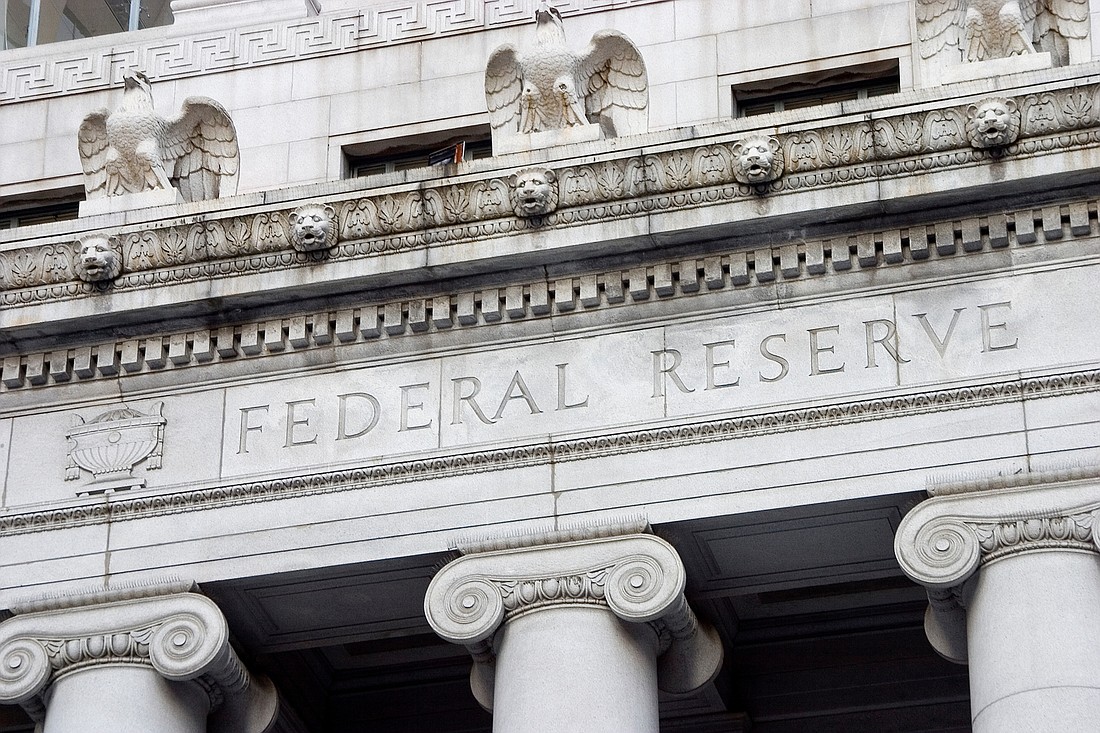- January 11, 2025
-
-
Loading

Loading

Tampa Bay, and most of Florida, is insulated from many of the economic troubles facing the country. But it is not isolated.
What this means is that given the growth in the state’s population the past couple of years and the demand for housing and supplies its created, the state may avoid some of the worst of an economic slowdown that may be on the way, or as some argue, here already.
But although the severity might not be as bad as in other locales, Floridians are likely to still feel the pinch.
That was the general consensus at an economic breakfast held by the Urban Land Institute Nov. 8 at Armature Works in Tampa.
The headline speaker at the morning event was Brian Bailey, a commercial real estate subject matter expert with The Federal Reserve in Atlanta.
Bailey spent nearly an hour talking to the gathering of mostly commercial real estate insiders about the state of the national economy and how it was affecting the industry.
He spoke about rising interest rates, and the need for them, and what it could mean long term for the office, retail and industrial sectors as well as tourism and hospitality.
Bailey says recent data shows that construction of new single-family homes “has swollen markedly” and that although it is strong now, the concern is how shoppers are going to respond in the coming months if inflation continues at its current pace.
“Obviously the consumer is going through a stressful time associated with inflation. And U.S. business owners are also facing that,” Bailey says. “I think any real estate right now that has connections to the consumer … is significantly different and lower … if the consumer pulls back.”
One other worry is the demand and need in the multifamily market. Although occupancy rates are showing signs of softening, there are fears about the limited options for people living in B and C class communities if they are forced to move. “Where are these folks to go in a crisis?” Bailey asks.
On the flip side is the potential of too many luxury multifamily communities, something the Gulf Coast has no shortage of.
Bailey says these kinds of properties, and the rents they charge, make them unattainable for many or just place too much financial pressure on people. A college graduate who takes home $55,000 a year is being asked to pay more than $2,000 per month, he says. “It’s a significant amount of their income.”
But it’s not just the consumers who are dealing with challenging times.
Bailey says higher inflation levels are affecting operating costs for property owners and could cause, or might already be causing, an erosion of net operating income which could impact valuations. This is coupled with an increasing 10-year Treasury yield that is putting upward pressure on debt costs and cap rates.
“Decreasing NOI and/or increasing CRE cap rates,” Bailey’s final slide read, “are causing CRE pricing growth to slow or, in a vast majority of cases, to decline.”
At the end of the event, the final questioner of the morning asked Bailey if there was a timeline for the Federal Reserve’s continued fight against inflation, which has been mostly waged by rising interest rates, to end.
“It’s a great question,” he says to some light laughter. “And to be very candid, no.”